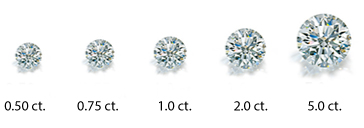UNDERSTANDING the 4 C’s of DIAMONDS
CUT
A diamond’s cut determines a diamond’s brilliance, fire and sparkle. Precise workmanship is required to cut a diamond so it’s proportions, symmetry, and polish maximize its beauty.
Anatomy of a Diamond
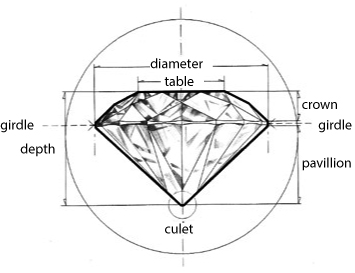
Diamond Cut Grades
| Excellent: | Reflects nearly all light that enters the diamond. An exquisite and rare cut. |
| Very Good: | Reflects nearly as much light as the excellent cut, but for a lower price |
| Good: | Reflects most light that enters. Much less expensive than a very good cut. |
| Fair: | Still a quality diamond, but a fair cut will not be as brilliant as a good cut. |
| Poor: | Diamonds that are so deep and narrow or shallow and wide that they lose most of the light out the sides and bottom. |
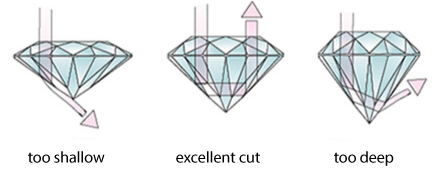
COLOR
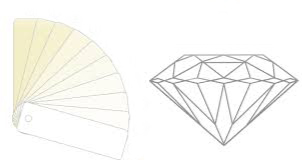
After cut, color is generally considered the second most important characteristic when selecting a diamond.The most desirable color of a diamond is colorless. Therefore, the less color, the higher the value. The diamond color grading scale begins with D, representing colorless, and continues withincreasing presence of color (light yellow or brown) to Z.
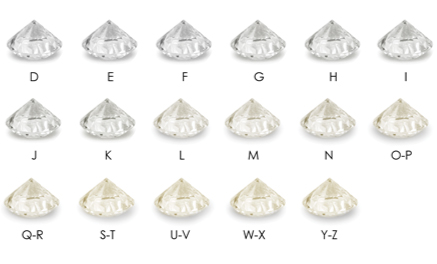
Many diamond color distinctions are so subtle they are invisible to the untrained eye; however, these slight differences make a very big difference in diamond quality and price.
For the purist, look for a colorless diamond with a grade of D-F for a diamond with no discernible color. For an excellent value in a diamond with little or no noticeable color to the unaided eye, look for a near-colorless grade of G-H, or a near-colorless with slighty tinted I-J

CLARITY
Clarity is a measure of the number and size of the tiny imperfections that occur in almost all diamonds due to the natural result of their formation deep withinthe earth under extreme heat and pressure. Diamonds without these imperfections are very rare, and rarity affects a diamonds’ value.
Diamonds with the least and smallest imperfections receive the highest clarity grades. Because these imperfections tend to be microscopic (claritygrading is done under 10x magnification), they do not generally affect a diamond's beauty in any discernible way.
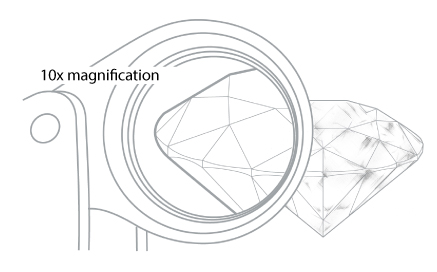
The clarity scale contains 11 grades, starting with FL (no inclusions or blemishes are visible to a skilled grader using 10x magnification) to I3 (inclusions are obvious under 10x magnification and may affect transparency and brillance).

CARAT
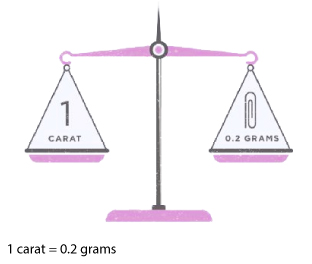
Carat weight is the measurement of how much a diamond weighs. All else being equal, diamond price increases with carat weight, because larger diamonds are more rare and more desirable.On the other hand, two diamonds of equal carat weight can havevery different values (and prices) depending on three other factorsof the 4 C’s: color, clarity, and cut.
